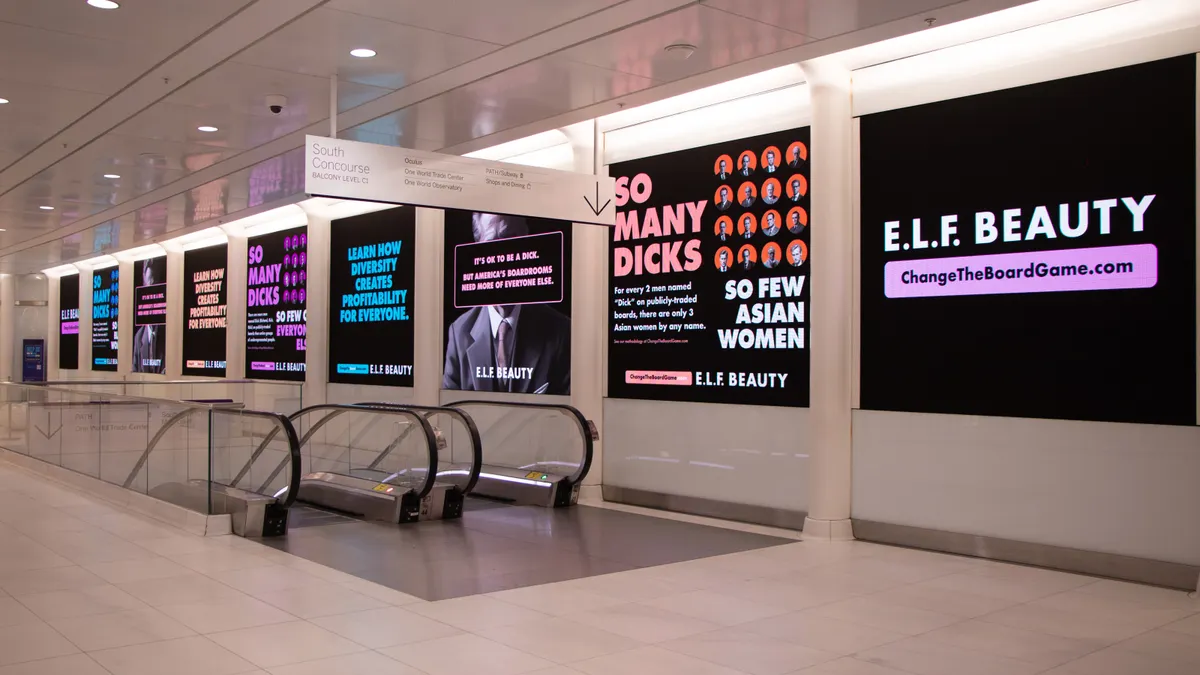Brief:
- Spending on mobile video ads grew 142% in Q2 2017 from the prior quarter, making it the fastest-growing mobile ad format, according to a Smaato study made available to Mobile Marketer. Full-screen interstitials were the most popular video format, capturing about two-thirds of total mobile video ad spending, but rewarded video was the fastest-growing format that quarter with a gain of 74%.
- In-app spending accounted for 94% of total mobile ad spending in Q2 — a record high — compared with 75% a year earlier. The shift to in-app ads drove up eCPMs 79% in Q2 2017 from a year earlier, resulting in in-app ad spaces becoming 224% more valuable on average than those on mobile browsers, Smaato found.
- Android devices made up 57% of global mobile ad spending in Q2 and reached 75% of mobile users worldwide, per the study. However, Apple's iOS platform commanded 18% higher eCPMs than Android and generated about 2x as much revenue for app publishers on a per-user basis.
Insight:
This year has seen a major jump in the volume of mobile video offerings from Facebook, Snapchat and others, giving advertisers more content to advertise against, which could be part of the reason for the jump in ad spending. One trend for marketers to keep an eye on going forward is that mobile video consumption rates, which had been growing steadily for a while, recently plateaued.
Mobile video ads promise high user engagement and conversion rates compared to traditional ads, making them a popular choice among marketers. However, they don't come without their challenges. A recent by Extreme Reach study found click-through rates on mobile video ads dropped 37%, possibly because of challenges with optimzing the experience for smaller screens.
One way brands can drive mobile engagement is with rewarded video, which gives users an incentive to view an ad — such as earned points in a game — saw a 153% gain in ad spending to make it the fastest-growing format, Smaato found.
Publishers can improve the value of their ad space by gathering better data that helps marketers target high-value audiences who are likely interested in the ad product. Using gender data, specifically, in an ad raises the value of that space by more than 158% on average, per Smaato, which also found that ad space on devices owned by women is more valuable than on men's mobile gadgets. ECPMs for women were 25% higher than for men, likely due to women's greater affinity for smartphone shopping and using mobile devices to compare prices in stores.
Looking at the results by region reveals that China has a significant and growing mobile phone market that makes it appealing for mobile publishers and advertisers, Smaato said. The country has 625 million smartphone users, making its market almost as big as the combined markets of the U.S. and Europe with 669 million this year, according to eMarketer data cited by Smaato. But only 47% of the Chinese population currently owns a smartphone, compared with 67% smartphone penetration in the U.S. Also, China's mobile ad market is very app-centric, as its mobile users spend 99% of their mobile time in popular apps like WeChat, according to Comscore data cited by Smaato.







